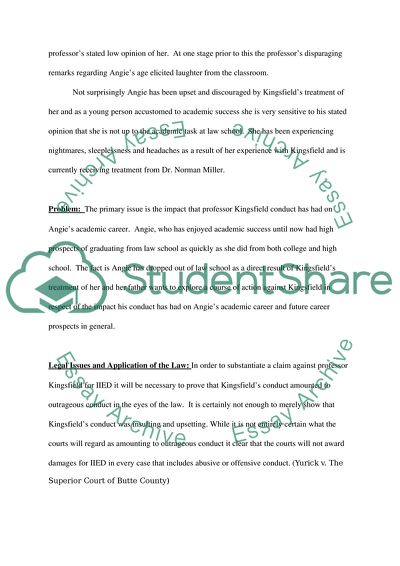Cite this document
(Analysis of Case of Angie That Dropped out of Law School Study, n.d.)
Analysis of Case of Angie That Dropped out of Law School Study. Retrieved from https://studentshare.org/law/1716575-outrageous-conduct
Analysis of Case of Angie That Dropped out of Law School Study. Retrieved from https://studentshare.org/law/1716575-outrageous-conduct
(Analysis of Case of Angie That Dropped Out of Law School Study)
Analysis of Case of Angie That Dropped Out of Law School Study. https://studentshare.org/law/1716575-outrageous-conduct.
Analysis of Case of Angie That Dropped Out of Law School Study. https://studentshare.org/law/1716575-outrageous-conduct.
“Analysis of Case of Angie That Dropped Out of Law School Study”. https://studentshare.org/law/1716575-outrageous-conduct.


